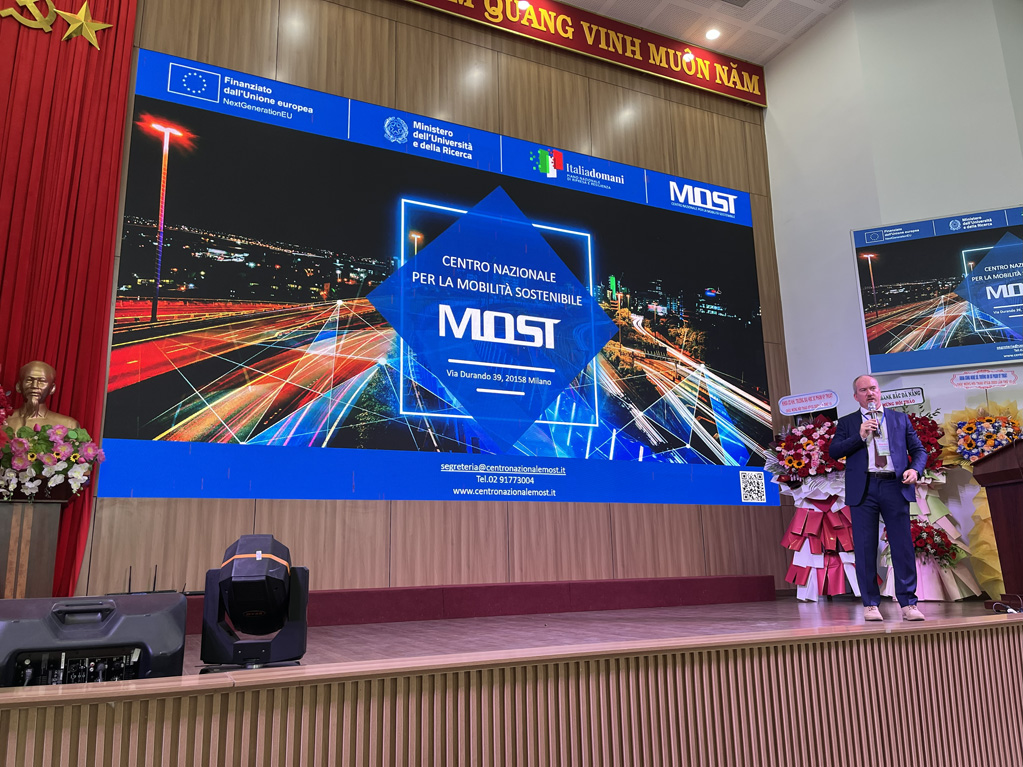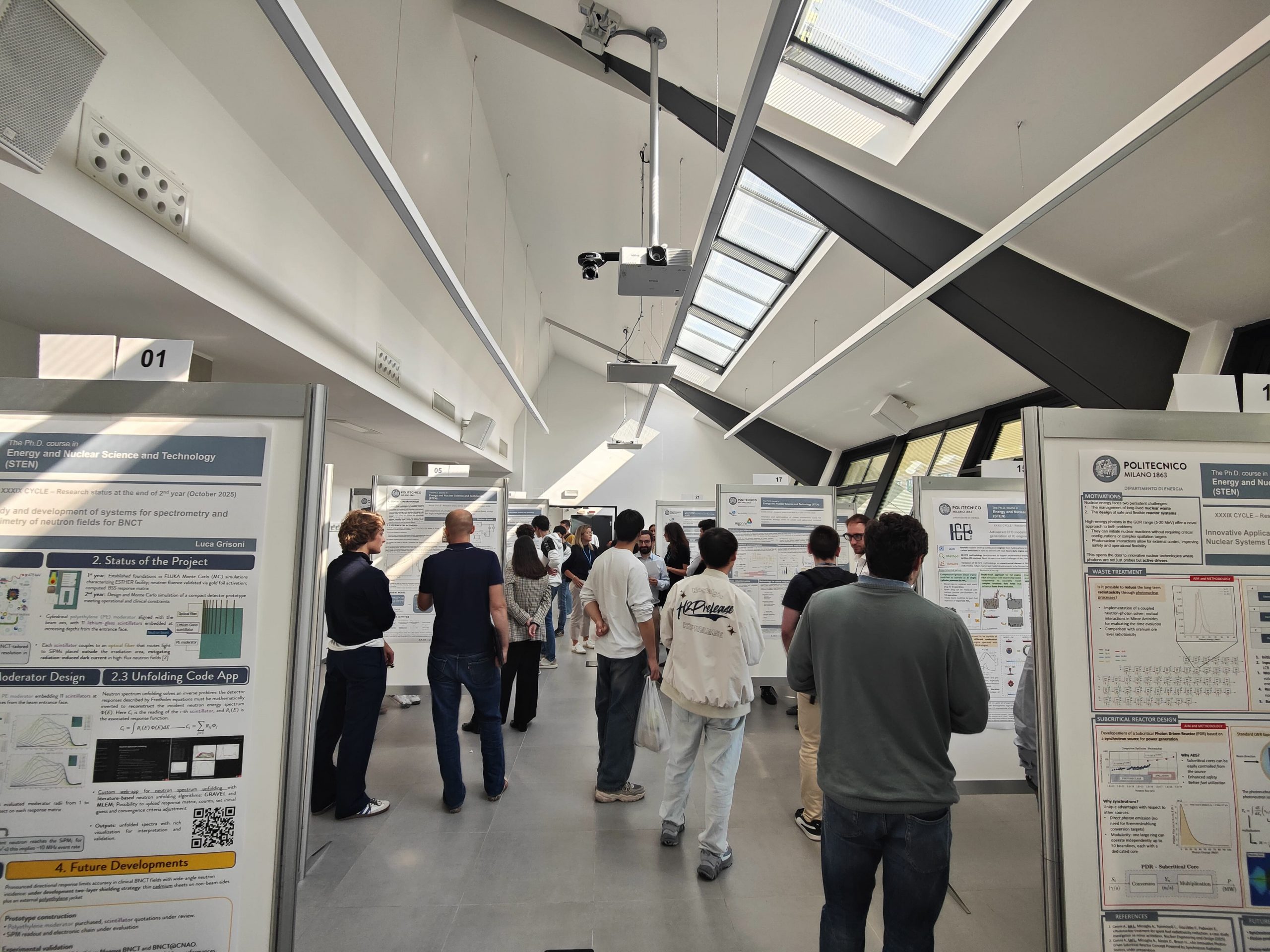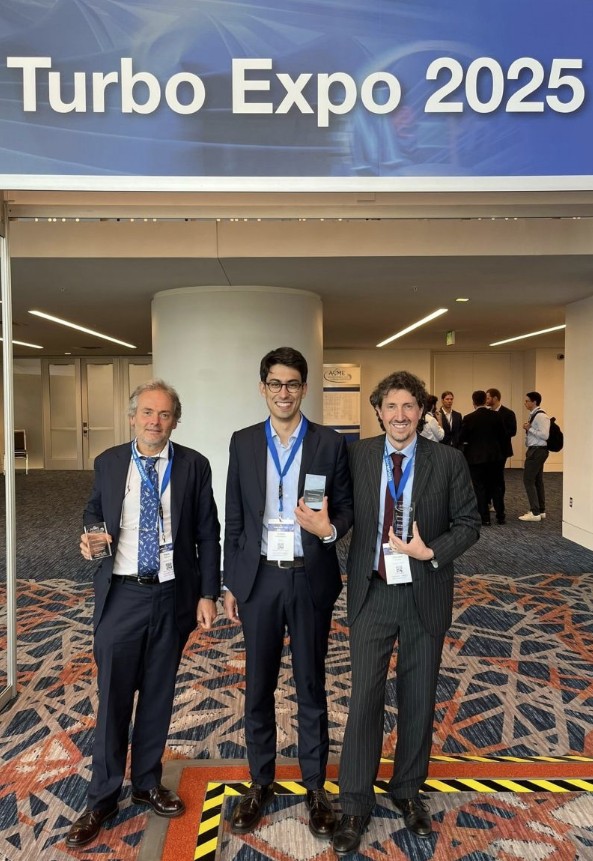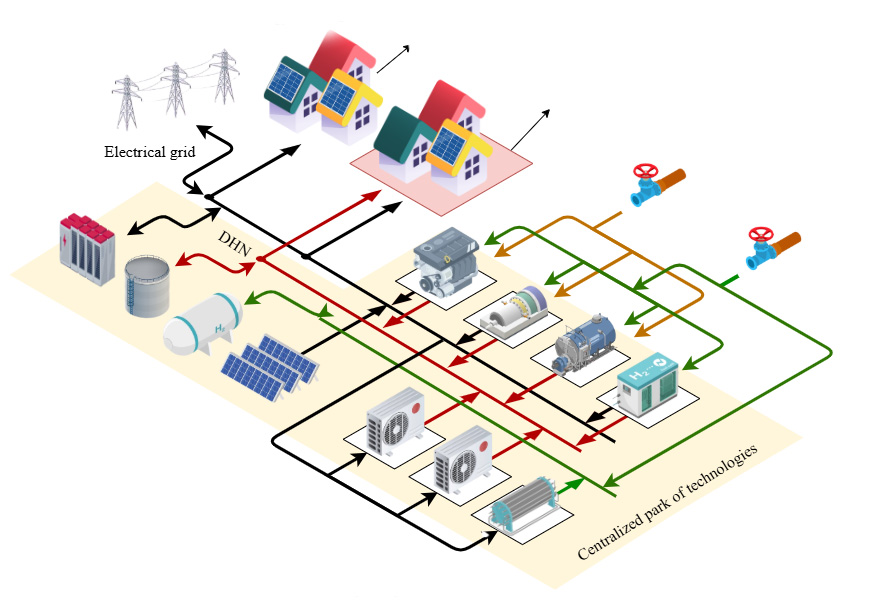Restart of wind tunnel tests of the offshore wind turbine prototype of the PNRR NEST project
Experimental tests on the prototype of a vertical-axis wind turbine installed on a robot simulating the motion of a floating offshore platform restarted at the Politecnico di Milano wind tunnel. The activity is part of the PNRR project NEST – Network for Energy Sustainable Transition (funded by the EU– NEXTGenerationEU) and specifically as part of Spoke 2 “Energy harvesting & Offshore renewable”.
The prototype was designed by a team of academics and technical staff from the Laboratory of Fluid Machines of the Department of Energy, coordinated by Prof. Vincenzo Dossena, in collaboration with some colleagues from the Department of Mechanical Engineering.
The 1:80 scale model is mounted on a six-degree-of-freedom robot capable of realistically reproducing open-sea conditions.
The vertical-axis turbine offers significant advantages in offshore applications: the generator, weighing several tens of tons, can be positioned at the base of the platform, while the absence of complex control systems contributes to reduce maintenance costs.
The measurements carried out in the wind tunnel will allow the characterization of the model’s performance and wake development under different wind and wave conditions. Of particular interest is the analysis of the wake evolution downstream of the turbine: the aim is to verify whether, as suggested in the literature, the wake generated by vertical-axis turbines dissipates over shorter distances than those of horizontal-axis ones. This feature would enable a higher power density, thanks to the possibility of installing turbines closer to each other.
Spoke 2 of the NEST project focuses on developing new technologies for offshore renewable energy production and management, with particular attention to the Mediterranean context. Research topics include the optimization of floating wind farms, integration with wave and tidal energy, the use of advanced digital tools such as Digital Twins and artificial intelligence, and the development of innovative energy harvesting solutions.
Through these activities, the NEST project contributes to promoting innovation and sustainability in the energy sector, with the goal of supporting decarbonization and ecological transition.












